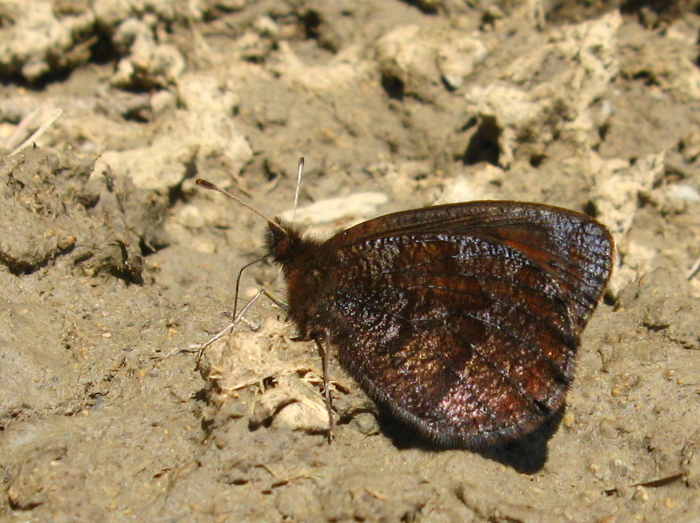Hi David. Varying amounts of silver/blue on the hindwings does seem to be a thing in certain coppers, but not in others. I don't know if it evolved separately in each species or represents a throwback to some original copper. Certainly, it makes those dark-form female scarce coppers very attractive!
The weather here in the Alps has been generally unstable recently, with snow down to about 2000m yesterday:

(morning shot over the Leysin rooftops)

(view across to the Dents de Morcles; I've climbed them in September and drunk English ale at the top - I wouldn't like to have done that yesterday!)
I don't know if it was connected, but this morning, on our early walk around town, I heard a distantly familiar bird call coming from the top of a tree. I took a photo of the little person sitting there and it was a crossbill:

Then later in the day, up the mountain, I heard the same calls and found a whole troop of crossbills in the larch and spruce above me. The books say they are spruce specialists, but this one was clearly enjoying the larch:

This one was more of a traditionalist:

They were very difficult to photograph - always moving among the branches. I think they've just moved in.
I normally turn my camera onto non-human animals, but at the top of the mountain I was impressed with this very human person, suspended on ropes over the void:


It wasn't sunny up the mountain, but plenty of
Erebia were on the wing anyway, including my first water ringlet (
Erebia pronoe) of the year:

This is the very dark, alpine form,
vergy, which appears in flight to be completely unmarked on the upperside.
Others included lesser mountain ringlet, manto ringlet and Scotch argus:



The other day I saw my first white admirals on my local patch. I had searched in vain for cats, in spring and summer, and had concluded they didn't fly here despite the vast amounts of honeysuckle. I still haven't found any cats, searching the honeysuckle near where I saw these adults, but I will! I went to my former local patch yesterday, about 300m lower in altitude, and easily found young cats, one not far from the still shiny base of his egg:


To close, here's Minnie in a télécabine a few days ago, looking out at the Wetterhorn, near Grindelwald. Don't tell me she doesn't have the best life of any dog in Europe!


Guy
























































































